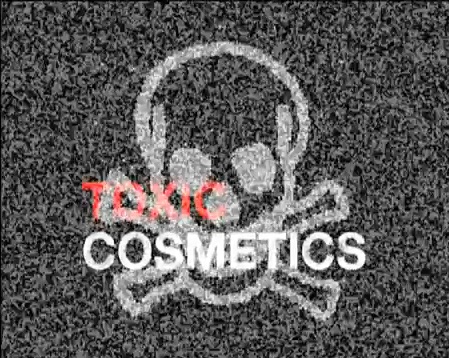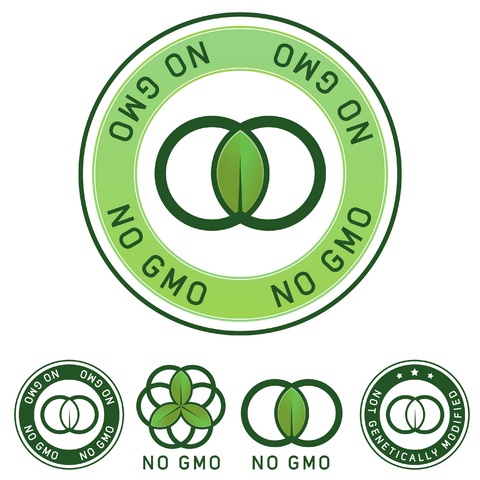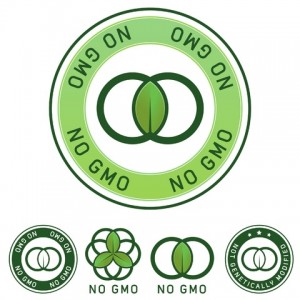What does the ingredients list above represent? It’s taken from the label of a popular name brand soap advertised with fresh faces, and as leaving no residue on the skin. Would it surprise you? Perhaps you recognized it, but thought well it’s being sold in stores so it must be safe.
The good news is that since 2006, Canadians have been provided with mandatory labeling on personal care products. Health Canada has even gone a step further providing a “hotlist” or list of prohibited or restricted chemicals . This is a huge step above our neighbours to the south, whom currently have minimal regulation on personal care products. Canada is on the right track, but is still a few steps behind the European Union, where personal care products are held to stringent guidelines.
The bad news is that even though there are guidelines set of by Health Canada, some of the products on the market today still contain chemicals, with similar structures to those chemicals that have been restricted. And if something shares a similar structure it is likely to interact with the human body in a similar fashion, thus causing similar health concerns.
What at can you do? The good folks at the David Suzuki Foundation performed a Survey of Canadians and their use of personal care products, and from this developed a “dirty dozen” of chemicals to avoid. Results of their survey demonstrated that 80% of products contained at least one ingredient on the list, and only 20% did not contain any. By visiting the www.davidsuzuki.org and searching “What’s Inside? That Counts,” you can download your own copy of the list, or even visit the mobile site when you are out shopping.
Why does this all matter? Many of the chemicals that are found in personal care products can bio-accumulate, meaning they can increase in concentration over time, and be passed on to our next generations. There is also well documented evidence of effects within the human body caused chemicals affecting the endocrine system. Within the human body endocrine disruptors have been implicated in neurological diseases, reproductive disorders, thyroid dysfunction, immune and metabolic disorders. Cancer is also another health concern that has been linked to many of the chemicals found in personal care products.
What about my health? As a naturopathic doctor I am always thinking from a preventative medicine point of view. The more I learn, I continue to look for natural/chemical free personal care products. Also important is optimizing your body’s innate ability to remove build up of chemicals through organs such as liver, skin, and kidneys. As always, prevention is the best medicine, and becoming a savvy consumer involves reading labels and asking questions. For the Silo, Ashley Beeton Bsc. ND.





